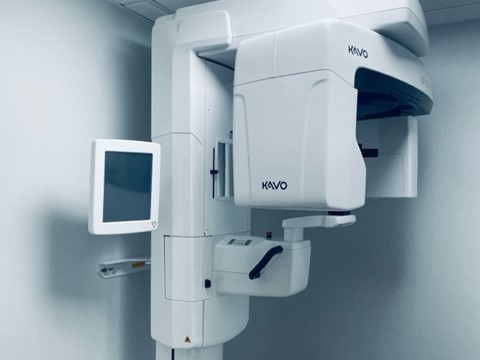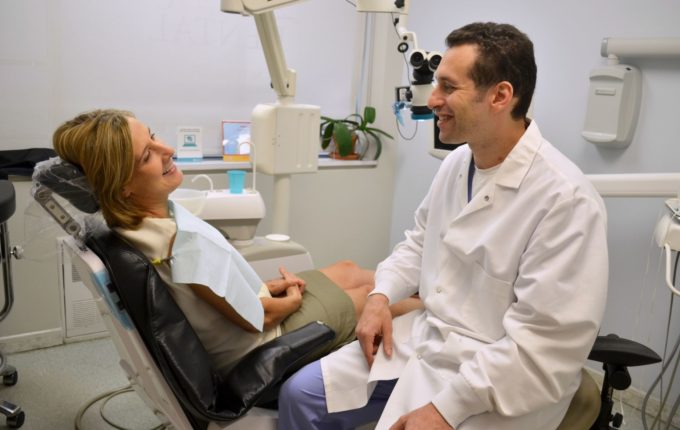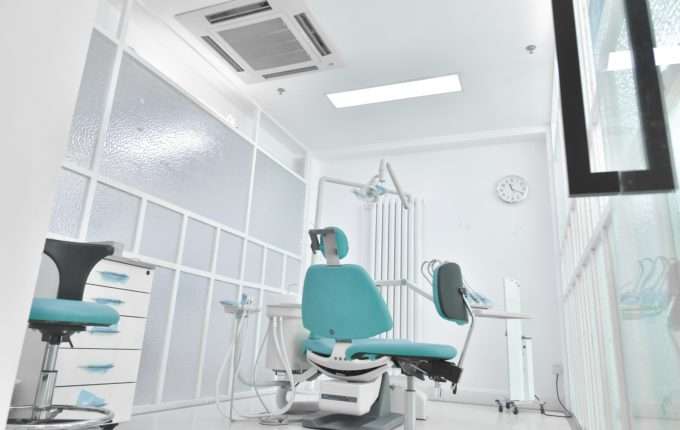The History of Root Canal Therapy

Humans have been getting toothaches from the beginning of their existence. We can only imagine the pain and severe consequences that they endured. Today with advances in training, technology, and equipment alleviating tooth discomfort with Root Canal Therapy is as easy and pleasant as having your hair cut. Dr. Steven Lipner is an expert in endodontics. Endodontics comes from the Greek meaning “inside the tooth”. Under his skillful gentle hands, with the aid of a state-of-the-art microscope, Dr. Lipner removes all the infection inside of your tooth thus ridding you of any pain or potential problems.
The myth that Root Canal Therapy was some torturous procedure, and was the butt of jokes by comedians in the 1960’s, has been banished. Root canal therapy itself alleviates pain, rids us of infection, and saves our teeth from extractions. Thankfully we live in the 21 century, where dentistry and technology have merged into amazingly successful and comfortable procedures.
The tooth is composed of a thin outer layer of enamel. The hardest substance in our body.
The next and largest layer in the tooth is the dentin. The dentin is not as hard as the enamel, it is more organic. In the center of the tooth lies the pulp, the living tissue of the tooth. It is composed of an artery, a vein, and nerves. If decay, a fracture, or trauma breaches the sanctity of this chamber, bacteria will enter, the pulp will necrose (die), infection, pus, and pain will form. At this point there are only two choices; extract the tooth or save it with Root Canal Therapy.
Archaeologists have found some dental artifacts in the Negev desert near Israel. They uncovered a skull dating back to the 3rd century BC. It was the age of the great Roman empire.
In a tooth in a skull, they found a bronze wire! The Romans knew that by draining the inside of a tooth, the pain would be relieved.
Further findings from the 1st century AD all the way up to the 1600’s showed that opening the tooth and draining the pulp chamber was an accepted procedure to treat toothaches. Researchers found teeth that had gold foil and or asbestos placed over the opening of the treated teeth.
Treatment of infected teeth drifted along until 1728, when the French physician, Pierre Fauchard, in his book “Le Chirurgien Dentiste” (the Dental Surgeon) confirmed the existence
Of the pulp chamber and the material inside called the pulp.
In 1838 the first “modern” Root Canal Therapy was performed by the American dentist, Edwin Maynard. Dr Maynard used a watchspring to gain access to the pulp chamber.
In 1847 following the drainage of the pulp chamber, an inert sterile material was placed inside the chamber and the canals. This material is called gutta percha and is still used today as the gold standard of filling a treated canal.
1900 the world changed. Radiographs (x-rays) which were discovered accidentally (1895) by the German physicist Wilhelm Roentgen were used to look at the inside of the tooth. They x-rays confirmed the existence of the pulp chamber and showed the anatomy of these chambers to the dental community.
Anesthesia was first discovered in 1846. It was now being applied to dental procedures, thus taking much of the discomfort away and allowing the dentist to perform much more precise work.
In 1943 the American Association of Endodontics was formed. This was important for several reasons:
- Established root canal therapy as a specialty of dentistry
- Established guidelines and protocols for proper endodontic care
- Granted money for further research in the treatment of endodontically treated teeth
In 1990 Nickel-Titanium files were invented. This allowed the endodontist to clean out the infected canals, more easily, more quickly, and more comfortably.
In 2005 microscopes were introduced to enhance the endodontist’s ability to see clinically better inside the tooth. Fractures and accessory (extra) canals were suddenly diagnosed much more efficiently. Dr Lipner at Midtown Endodontist was one of the first endodontists to incorporate a microscope into his practice.
In today’s world, it is no longer necessary to suffer from a toothache or a swollen jaw. Midtown Endodontist NYC is here to rid you of your pain and restore your smile. Please don’t hesitate to contact us. Call us today at (347) 708-8795.
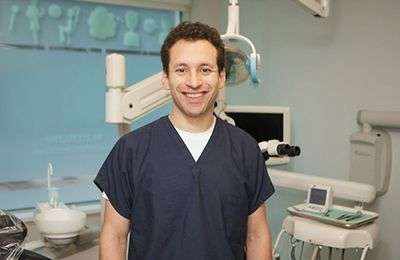 Our Providers
Our Providers
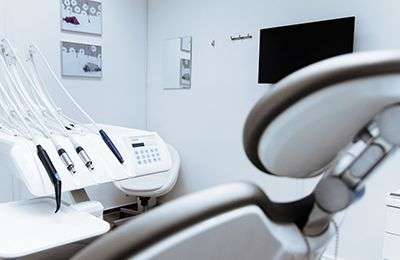 Blog
Blog
 Contact us
Contact us
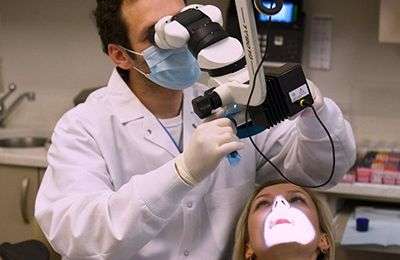 Endodontics
Endodontics
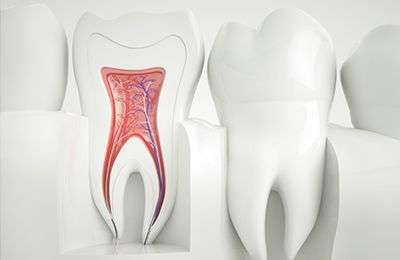 Root Canal Treatment
Root Canal Treatment
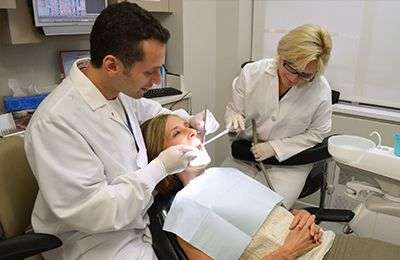 Emergency Root Canal
Emergency Root Canal
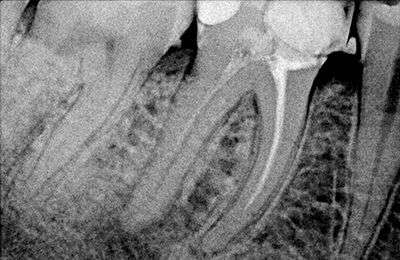 Root Canal Retreatment
Root Canal Retreatment
 Complimentary Teeth Whitening
Complimentary Teeth Whitening
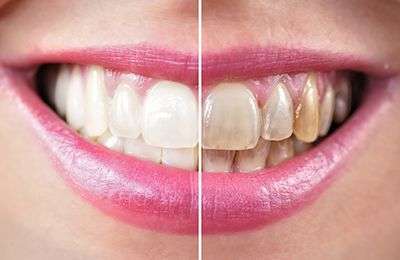 Teeth Whitening
Teeth Whitening
